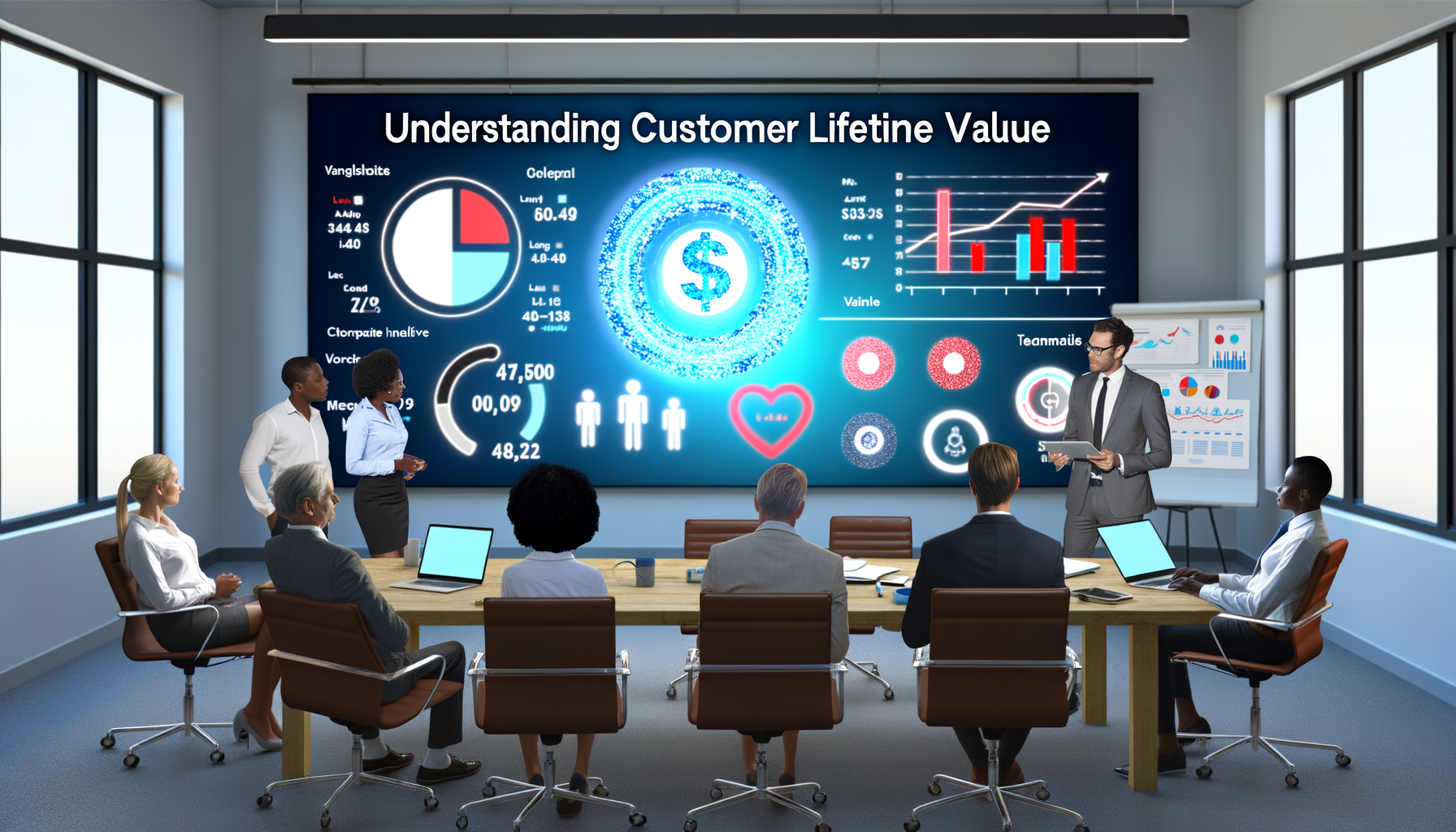Understanding Customer Lifetime Value

Understanding Customer Lifetime Value for Startup Success
In the fast-paced world of startups, understanding how to grow sustainably is crucial to securing long-term success. One fundamental metric that provides valuable insights into your business health is Customer Lifetime Value (CLV). Comprehending CLV allows you to optimize spending, enhance customer retention, and maximise revenue streams from each customer.
The Importance of Customer Lifetime Value (CLV)
CLV is the total revenue a business expects from a single customer account over its lifespan. Knowing this metric equips startups with the insight to decide how much to invest in acquiring and retaining customers. Prioritizing CLV over acquisition costs helps ensure that you’re targeting customers who deliver the most value over time, rather than those who might generate quick, short-term gains.
Calculating CLV: The Basics
Calculating CLV requires three main variables: average purchase value, purchase frequency rate, and average customer lifespan. Here’s a simplified step-by-step approach:
- Calculate Average Purchase Value: Divide your company’s total revenue in a given period by the number of purchases within that period.
- Determine Purchase Frequency Rate: Divide the total number of purchases by the unique number of customers who made purchases in the same period.
- Assess Customer Lifespan: Find the average period that a customer continues making purchases by analyzing past data.
With these figures, you can employ the formula:
CLV = (Average Purchase Value) x (Purchase Frequency Rate) x (Customer Lifespan)
This calculation is fundamental yet powerful, setting the stage for tailored strategies in improving customer engagement and ultimately, boosting retention metrics.
Strategies for Optimizing Customer Lifetime Value
Boosting CLV involves enhancing the customer experience, encouraging repeat business, and cultivating loyalty. Here are some practical strategies to consider:
- Enhance Customer Experience: Delivering exceptional customer service encourages loyalty and positive referrals. Train your team to ensure they meet and exceed customer expectations consistently.
- Loyalty Programs: Implement reward programs that incentivize repeat business, offering discounts or exclusive deals to returning customers.
- Personalization: Tailor interactions by leveraging data analytics to understand customer preferences and behaviours, offering personalized recommendations and promotions.
- Engagement Plans: Keep your customers engaged and informed through regular emails or updates about new products, features, or milestones. Tools within Foundercrate, like bulk personalized emails, can simplify this process while improving engagement metrics.
Integrating these strategies not only enhances customer satisfaction but also secures consistent revenue, reflecting a higher CLV and a more robust financial outlook for the startup.
The Role of Data Analytics
Data analytics and metrics form the backbone of effective CLV strategies. By leveraging analytics, startups can gain deep insights into customer behaviour, helping delineate between which customers contribute the most value and those who may not align with the business’s long-term growth objectives.
In Foundercrate, powerful analytics tools offer real-time insights into customer engagements and interactions, guiding startups to make informed decisions about their customer retention and marketing strategies. These tools simplify the traditionally arduous tasks of monitoring and optimizing CLV, allowing startups to direct resources effectively and democratically across departments.
Conclusion: Harnessing the Power of CLV for Growth
Understanding and actively working to enhance your Customer Lifetime Value is indispensable for any startup aiming for sustained growth. By calculating and optimizing CLV, startups can strategically allocate resources to areas most likely to drive long-lasting success.
In my journey with Foundercrate, mastering these metrics has been central to refining how we support clients in navigating the fundraising landscape. As you continue to grow your startup, I encourage you to delve deeper into understanding your customers, investing in meaningful relationships that yield sustainable outcomes.
Let’s embrace CLV not just as a measure, but as a mindset for thriving in the competitive startup arena. Feel free to explore my other insights on startup innovations here on Foundercrate, and stay tuned for more discussions on leveraging analytics for exponential growth.
Related Posts

Understanding Product Analytics
Essential guide to tracking and analyzing product analytics.

Managing Product Analytics
How to effectively track and analyze product metrics for growth.
Recent Comments
Categories
- Analytics And Insights
- Business
- Community Management
- Compliance
- Customer Success
- Entrepreneur
- Financial Management
- Fundraising Strategy
- Fundraising Tips
- Growth Strategy
- Investor Relations
- Legal Management
- Market Analysis
- Market Trends
- Marketing Strategy
- Product Development
- Product Insights
- Sales Strategy
- Security And Compliance
- Stakeholder Management
- Team Building
- Team Collaboration
- Team Management
- Tech And Innovation
- Uncategorized
Want to get more content like this?
Signup to directly get this type of content to your inbox!!




